4 year old limelights short but full of blooms
margomouse
9 years ago
Featured Answer
Sort by:Oldest
Comments (9)
luis_pr
9 years agojemboysch
9 years agoRelated Discussions
My 4-year old Jade
Comments (20)Josh: I forgot to reply to your asking about the "Gollum" jade. I will take a photo to show you tomorrow, my time. It's now evening here. It (Gollum) has lost most of the bottom leaves, and the leaves dropped on the soil started some young plants, too. Cute. But its trunk is getting big, about as big as the Ovata above. Xuan...See MoreHooray !! My 5 year old Polish Spirit is blooming.
Comments (4)Thanks Jeanne. Yes we do have a short growing season and I prune as soon as the snow melts and there is enough growth to prune. I will confess,however, that I use a organic rose fertizer and don't fertilze alot. The soil here is very heavy rich soil and most of my plants are not fertilized and grow beautifully. Huldine and ET are loaded with flowers!! Betty is my favorite and the bloom has ended but I usually get a second flush of flowers from her. Lois...See MorePruning 3 year old Limelights for 'thick' growth
Comments (8)kurioo, I just looked at my old photos for you. Please take a look at these photos of my Limelight below: This was the Limelight in 2006, when it was planted into the ground. So you see that even then, it was a lush and healthy shrub: This one was from July 2007, a year after it was planted to the ground. At this point, my island was not created yet: This was a closer look from 2007: Now, this was from last year, after my island was created. You see how within 2 years this thing just grew and grew! By the end of summer 2009, it was about 6 feet tall: So, looking back, I have had mine for longer and it was probably a much larger shrub than yours to start with. Also, mine was really not growing rapidly until a couple of years ago, so it took a good couple of years for it to establish itself. So if I were you, I would not worry too much about it... I hope this is helpful! Good luck....See MoreLimelight blooming on only one side
Comments (4)Perhaps you have some unwanted pests that approach the Limelights from the side that faces your house. I am thinking deer. Squirrels and bunnies can also cause damage but bunnies only affect the bottom growth of the plant because they are small. Or perhaps the side that faces your house is getting too much nitrogen from the times when the lawn is fertilized (lawn fertilizer is very high in nitrogen). Once the nitrogen levels get high enough, the plant begins to produce nice lush green leaves at the expense of blooms. You can confirm this using a soil analysis kit designed to tell if the soil has too much/little nitrogen, phosphorus and potassium....See Moremargomouse
9 years agoDDhydrangea
9 years agojchad214
9 years agoemrogers
9 years agoPat Z5or6 SEMich
8 years agoluis_pr
8 years ago
Related Stories

KITCHEN DESIGNWhite Appliances Find the Limelight
White is becoming a clear star across a broad range of kitchen styles and with all manner of appliances
Full Story
UNIVERSAL DESIGNMy Houzz: Universal Design Helps an 8-Year-Old Feel at Home
An innovative sensory room, wide doors and hallways, and other thoughtful design moves make this Canadian home work for the whole family
Full Story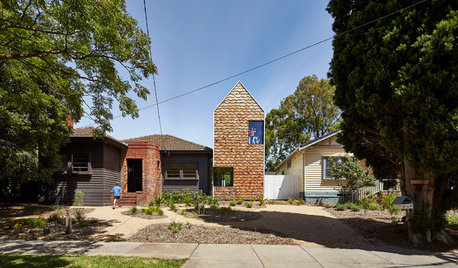
MOST POPULARHouzz Tour: A Playful Home Drawn Up by 8-Year-Old Twins
Plans for this innovative tower home in Melbourne were going nowhere — until the homeowners’ twins came to the rescue
Full Story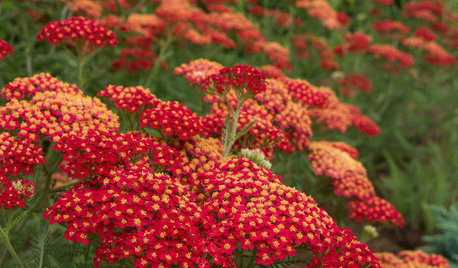
GARDENING GUIDESTop 12 Summer-Blooming Perennials for Deer-Resistant Drama
Can you have garden color, fragrance and exciting foliage with hungry deer afoot? These beauties say yes
Full Story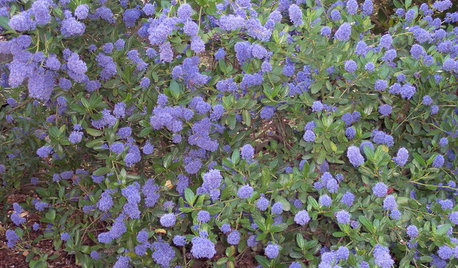
GARDENING GUIDESGreat Design Plant: Ceanothus Pleases With Nectar and Fragrant Blooms
West Coast natives: The blue flowers of drought-tolerant ceanothus draw the eye and help support local wildlife too
Full Story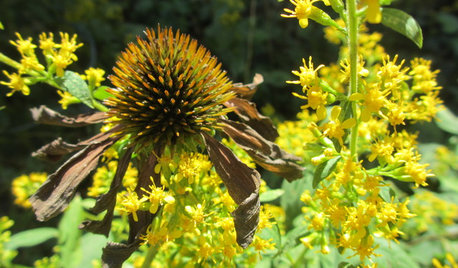
FALL GARDENINGReflecting on a Gardening Year
Mistakes and successes, surprises and comforts. The garden helps us grow in new ways every year
Full Story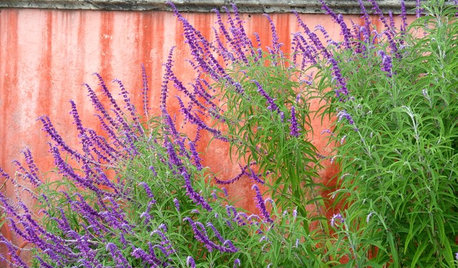
GARDENING GUIDES10 Plants for Colorful Fall Blooms in the Drought-Tolerant Garden
Want fall color but not a big water bill? Consider these not-too-thirsty fall bloomers
Full Story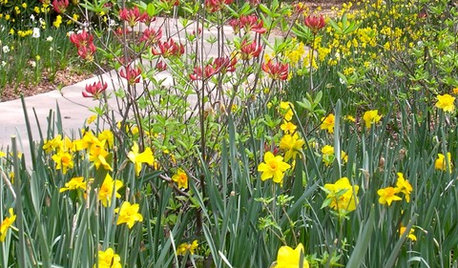
SPRING GARDENINGSpring Fling: Visit a Garden in Full Glory
The Atlanta Botanical Garden is blooming three weeks ahead of schedule. Come take a peek with us
Full Story
HOUSEPLANTSHow to Force Amaryllis Bulbs Indoors
Enjoy vibrant red blossoms even as gardens turn snowy white, by teaching this hardy repeat performer to ignore the calendar
Full Story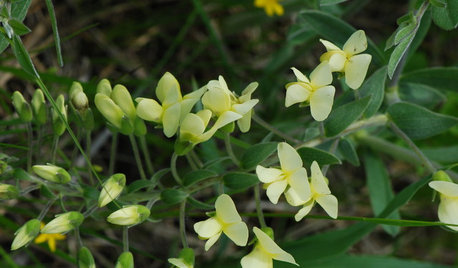
FLOWERS AND PLANTSPlant Baptisia Bracteata for Blooms Pollinators Will Love
Longbract wild indigo is great in dry soil, and its spring flowers attract butterflies and bumblebees
Full Story


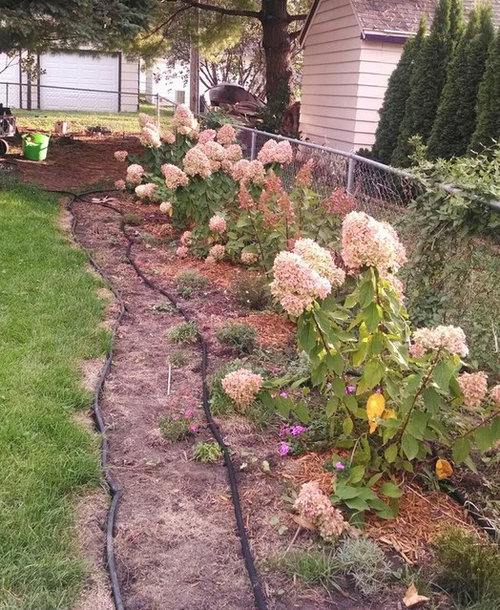
DDhydrangea